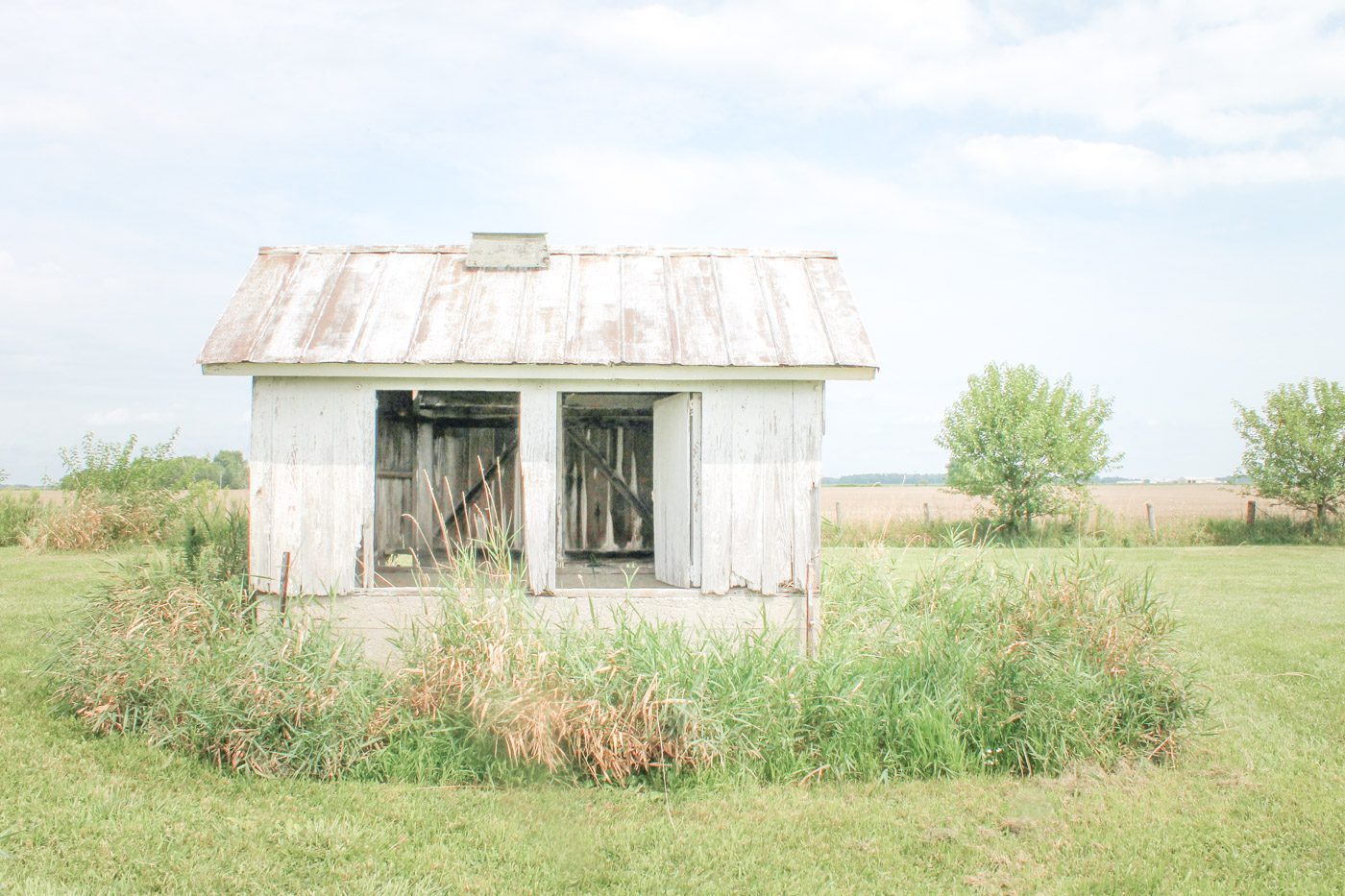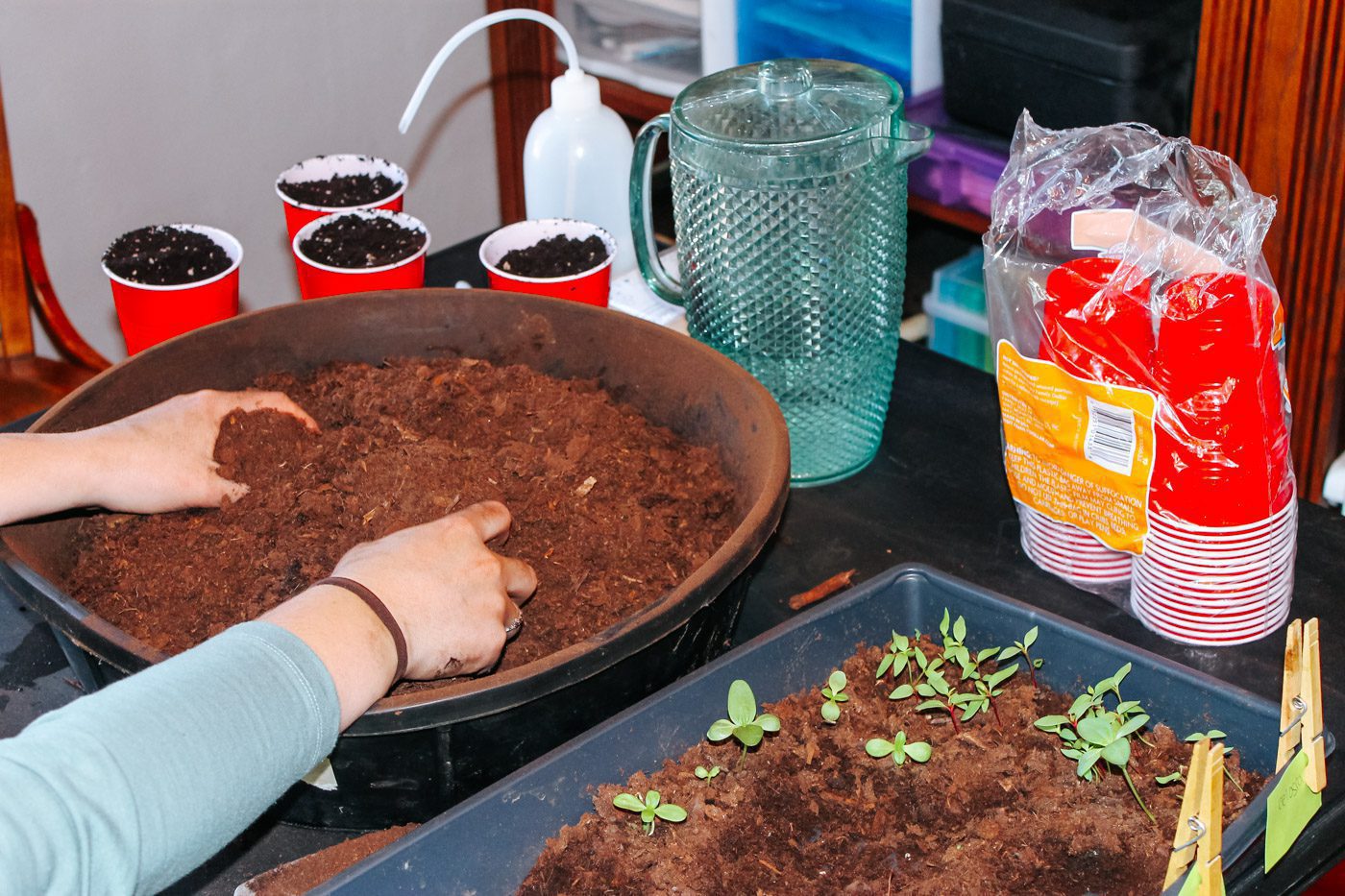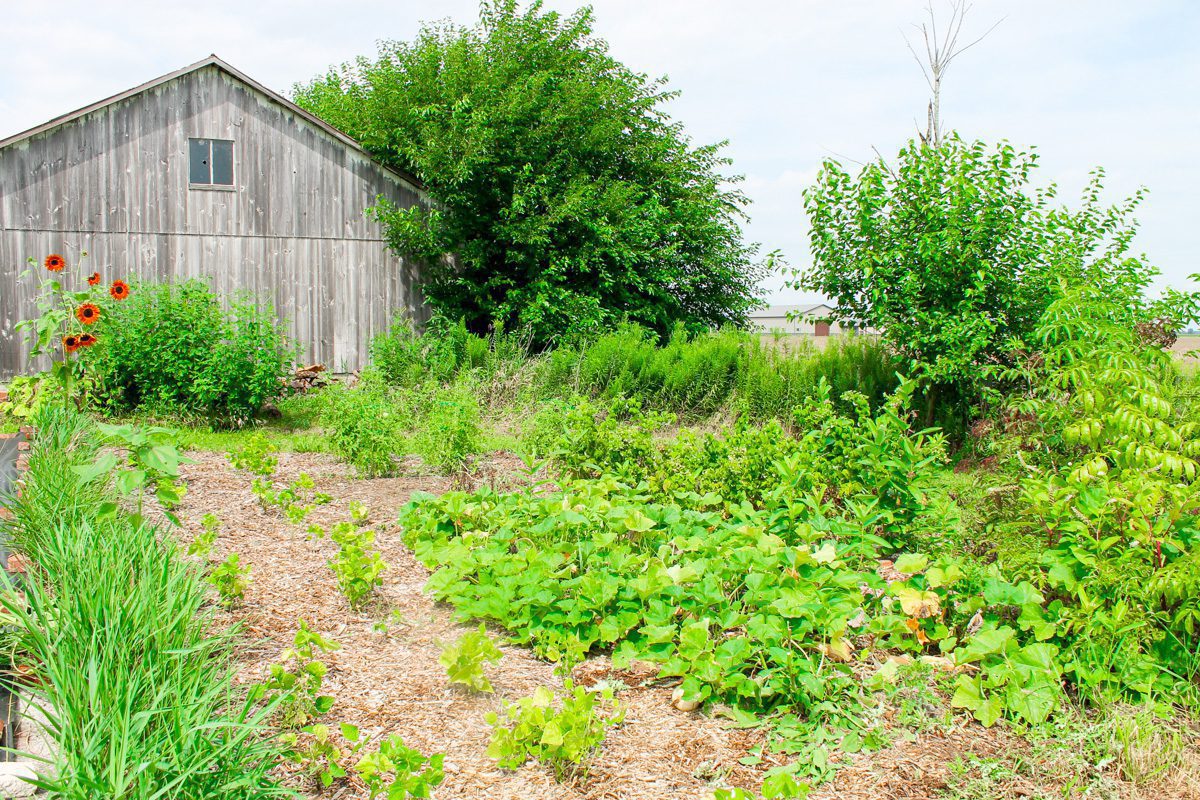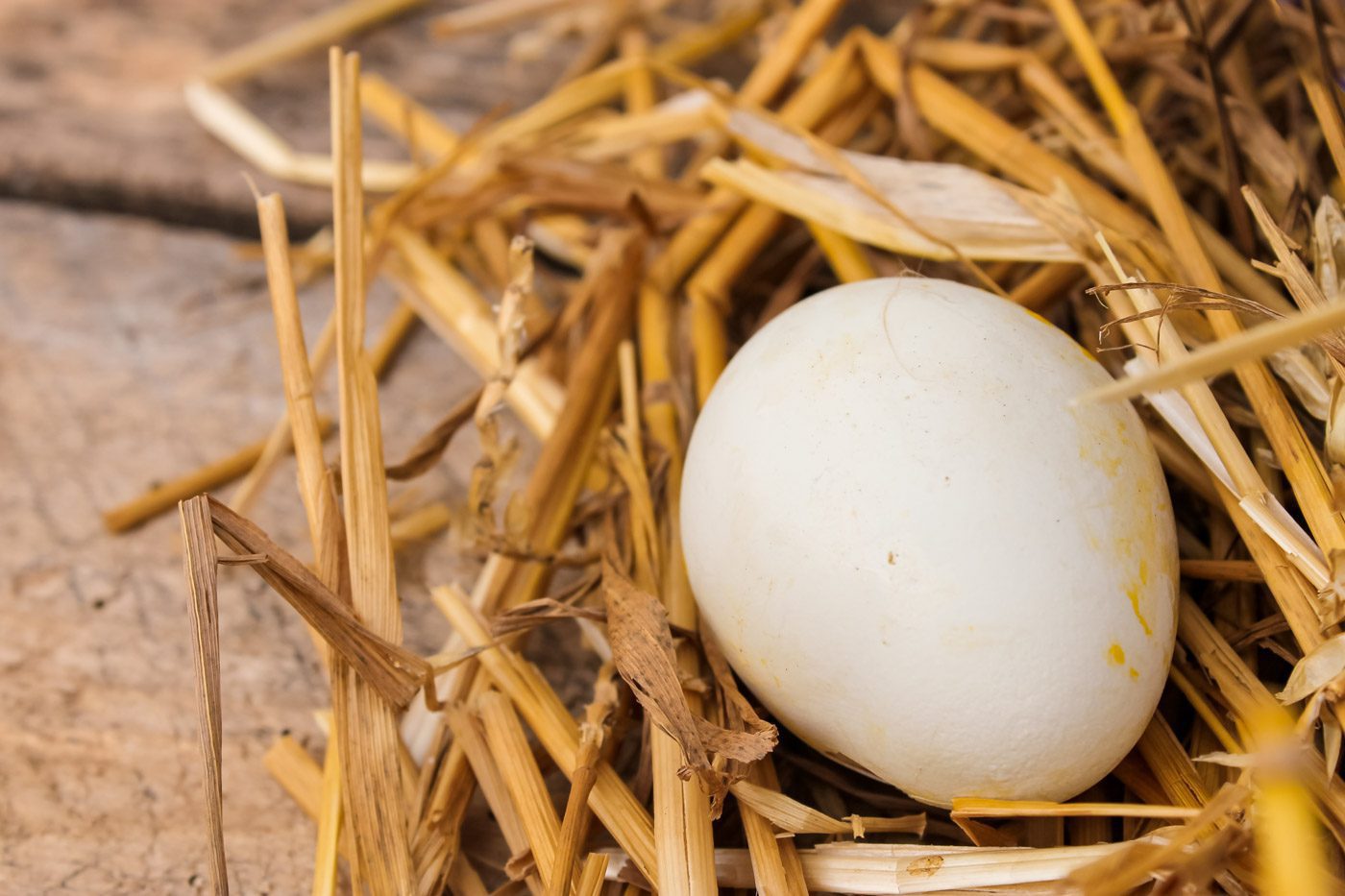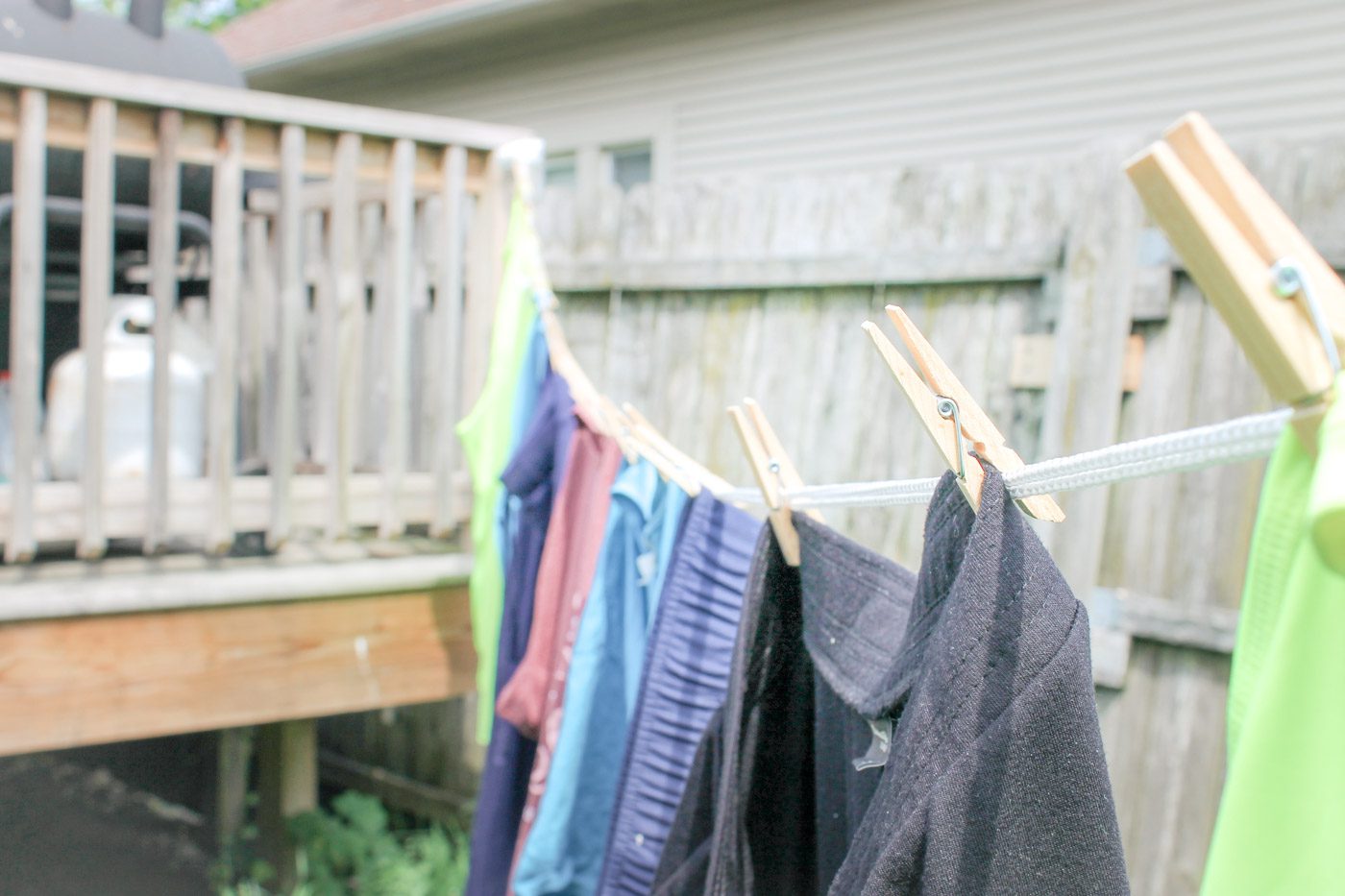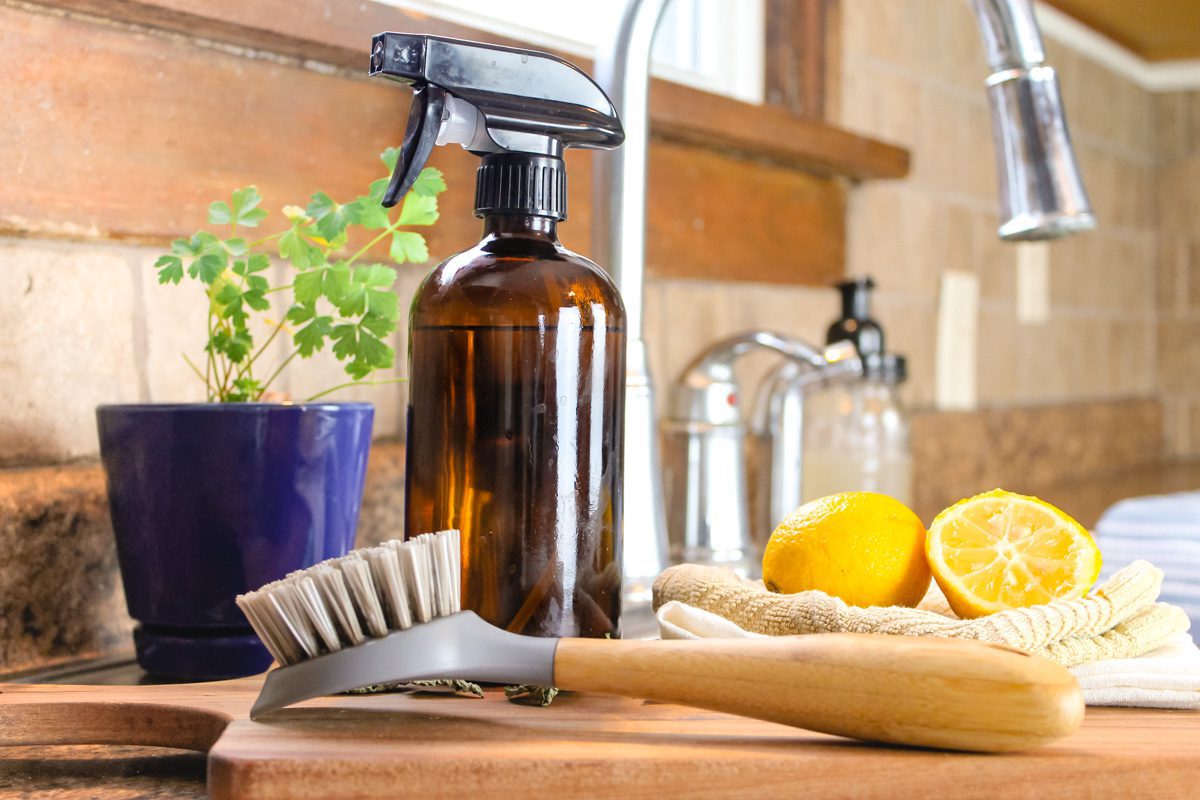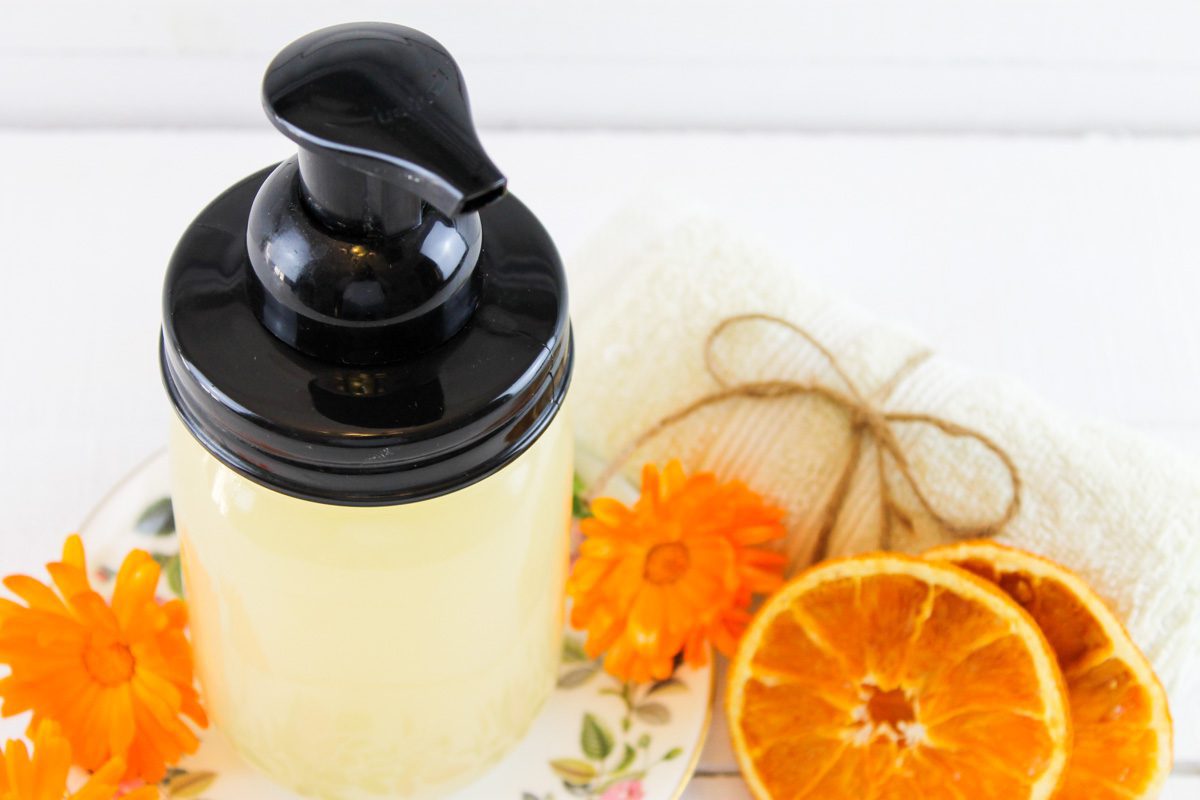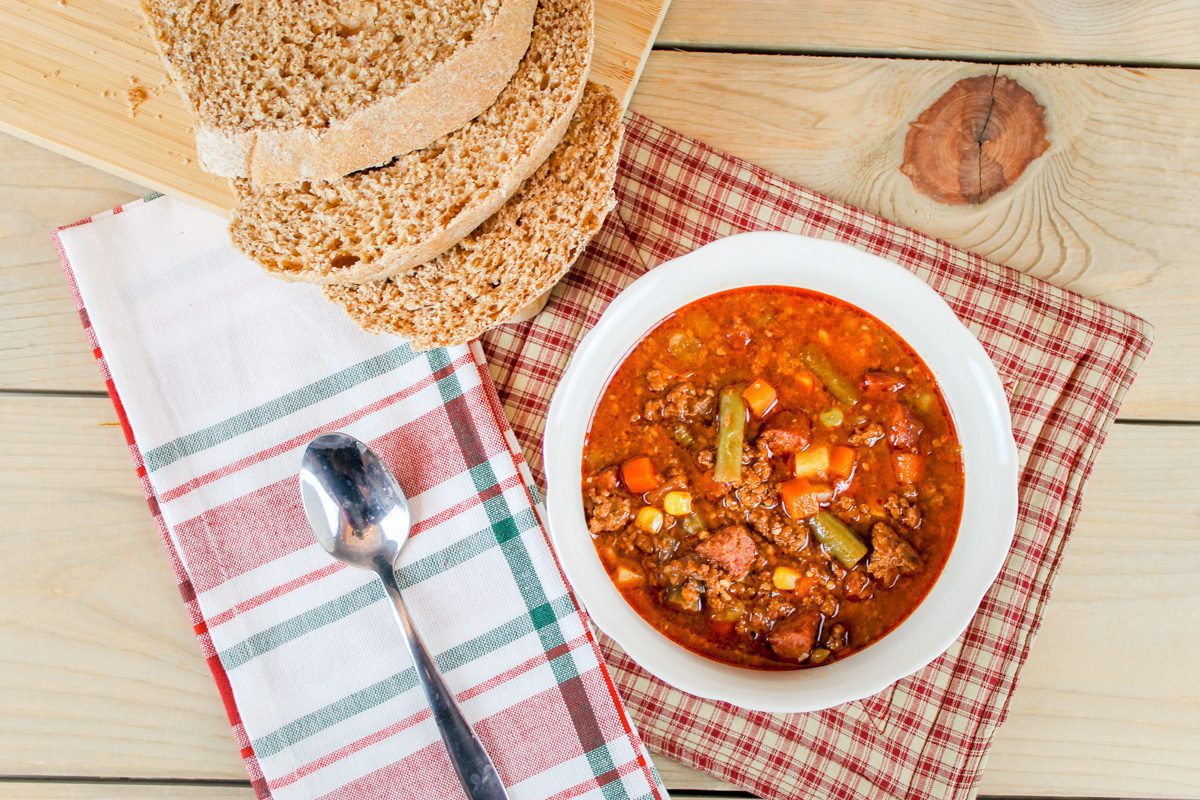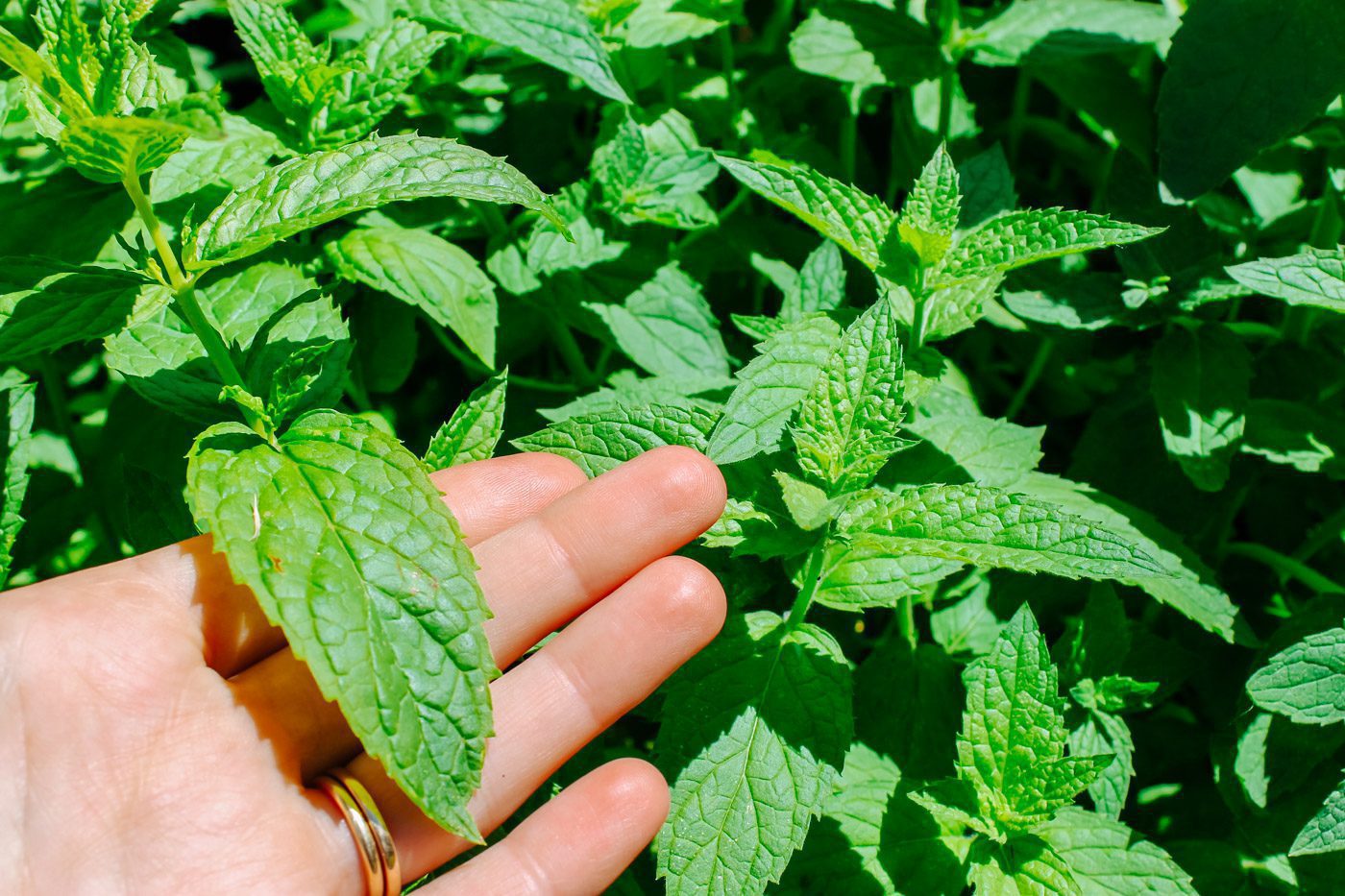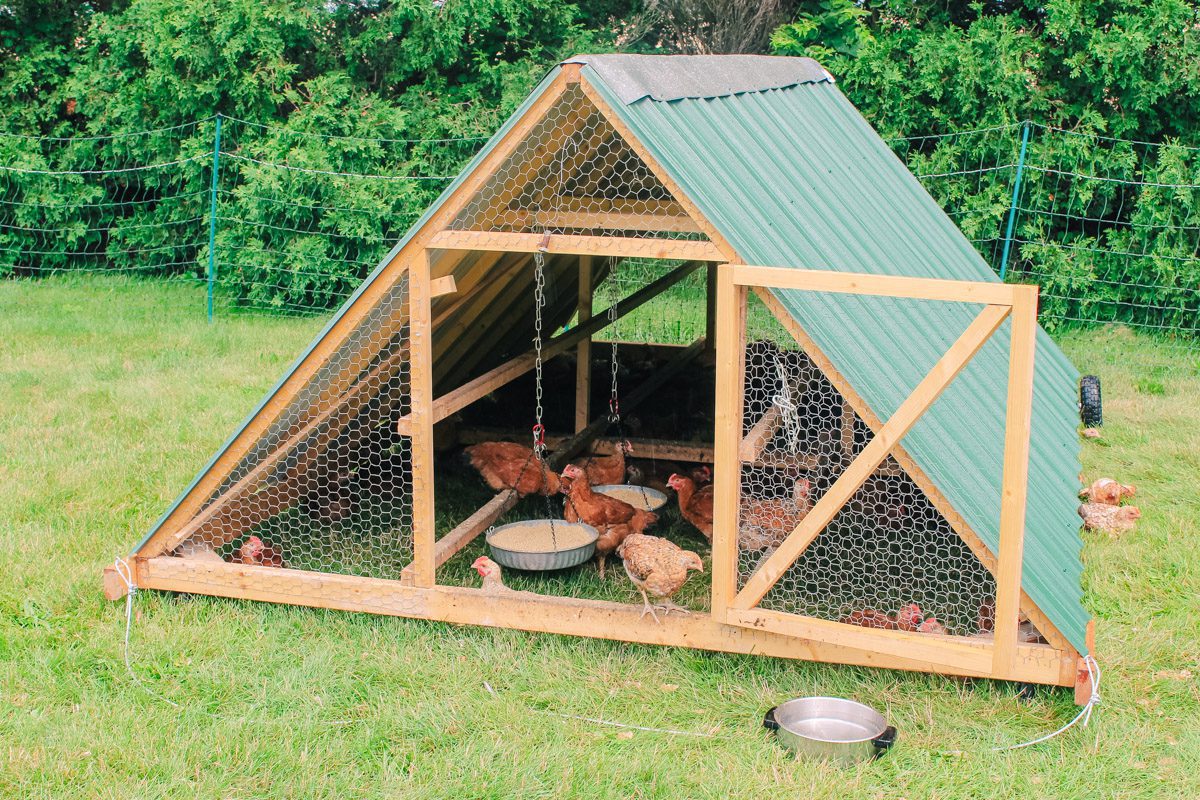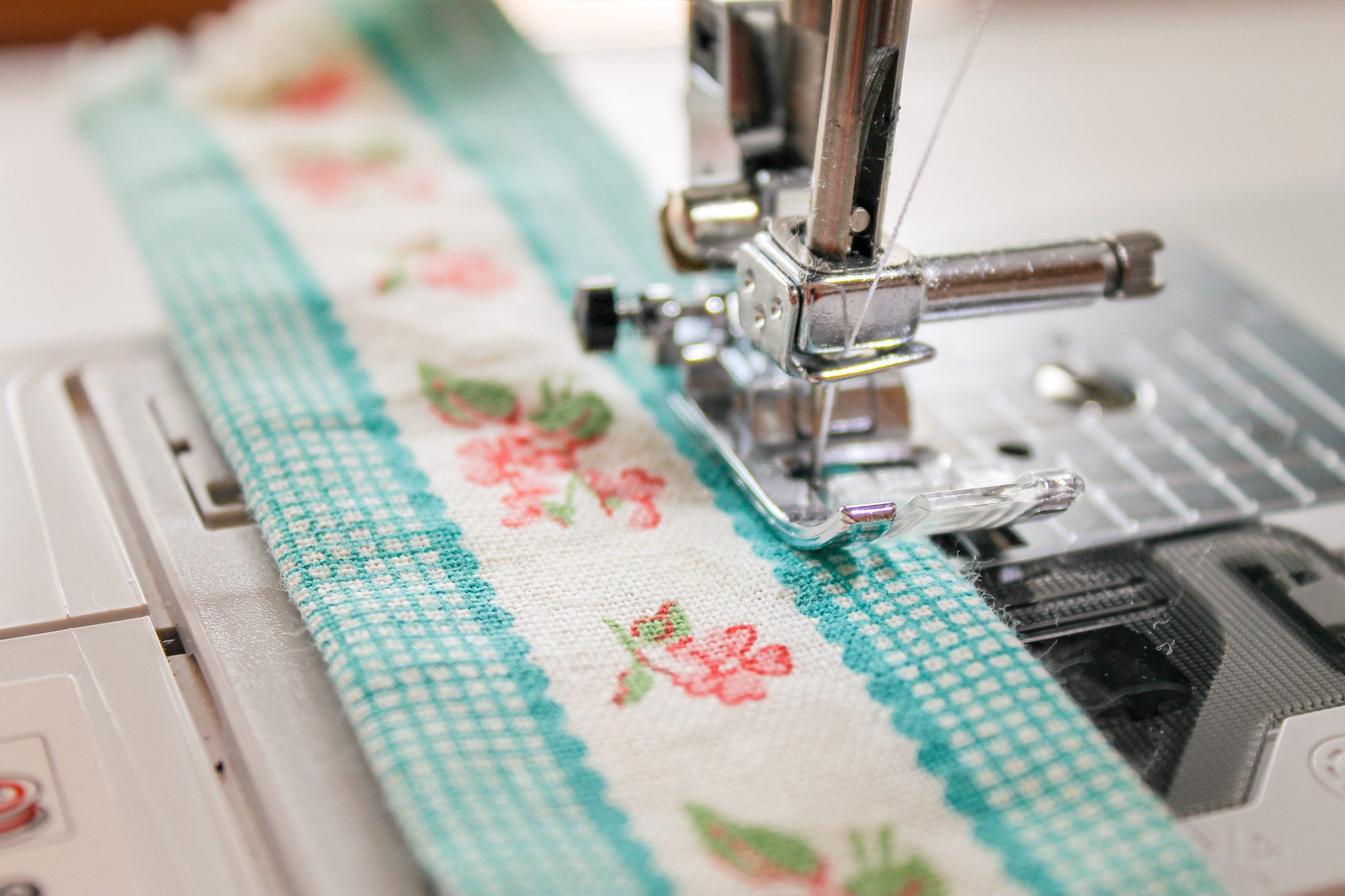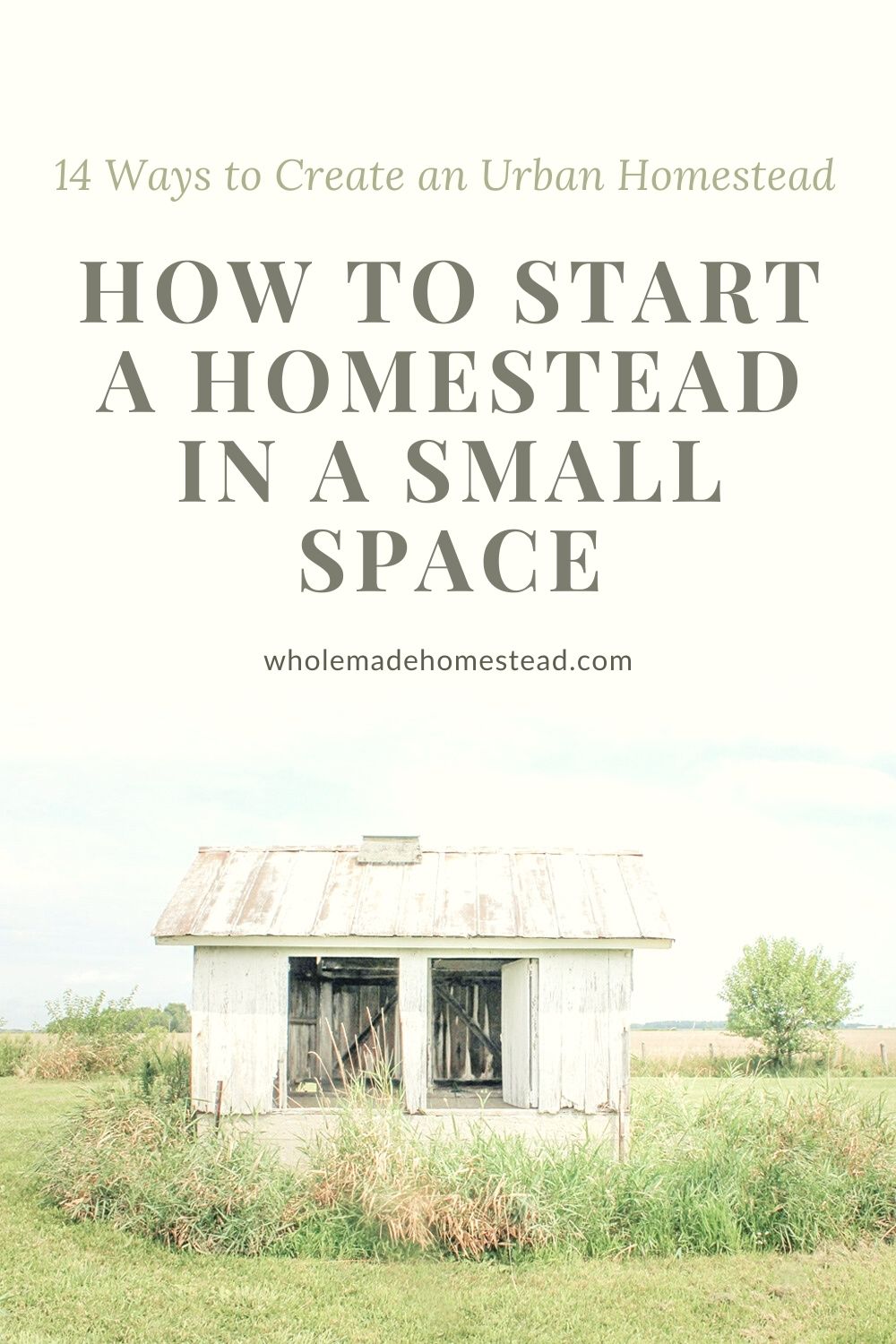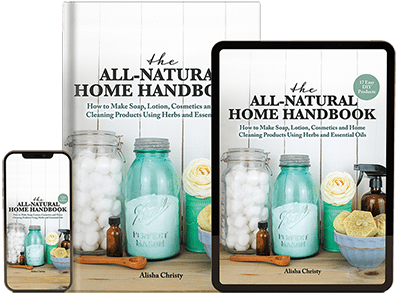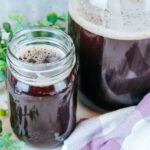To be a homesteader, you don’t need to live in a farmhouse, own a large property or have lots of money and time. You can start living a simpler, more self sufficient lifestyle right where you are at. Here are 14 ways to homestead in a small space or an urban environment.
Most of my life has been spent in the city. I’ve never lived in a large metropolis like New York or Chicago but much of my childhood I resided in one suburban town or another. I have lived in 7 different cities, 4 states, 2 countries, a couple of apartments, a townhouse, a condo and a few single family homes. It wasn’t until my mid-twenties that I moved away from the city life and into the country. This particular move is what propelled my family forward into the homesteading lifestyle.
But that is a story for another time.
How to Be a Homesteader
My husband and I currently live in a small rural town in Ohio on less than a half acre property. We have grand dreams of owning lots of land, starting a chicken farm and raising our children in wide open spaces but that isn’t where the Lord has us right now. Without large amounts of acreage to raise livestock or garden, we have to think of creative ways to grow our own food to feed our family.
If you’re reading this article, you may be in the same boat, with minimal or no land and are seeking ways to become a homesteader. I think there is a myth out there that says you have to own large amounts of land to be a homesteader. Or perhaps have a dairy cow. Or a tractor. Or a farmhouse. Or lots of money and free time. But these statements couldn’t be further from the truth. Today a modern homesteader is not defined by the type of home they live in or the kind of land they have settled on but rather is it a “self-sufficient lifestyle identified by food preservation, agriculture and craftwork”. If you seek a lifestyle that opts out of the rat race and focuses on a natural, simple way of living then you are a kindred spirit. You are a homesteader.
14 Ways to Create an Urban Homestead
There are plenty of ways to start a homestead no matter where you live. Here are 14 ways to become an urban homesteader.
Start a Garden
Since growing food is the most important aspect of being a homesteader, starting a garden might seem a bit obvious. But anyone can do it! Whether you live in an apartment with a balcony or a home with a 1000 foot garden space, you are capable of growing food for your family.
When my husband and I first moved into our home, we had a 10 foot by 15 foot backyard garden. Since then we have maximized our space by adding indoor plants, a container garden on our back deck and a couple of elevated beds.
You can start a garden by adding a few herbs to a kitchen window sill or placing a small pot of strawberry plants on your front porch. Gardening doesn’t have to be limited to vegetables. Medicinal herbs such as yarrow, calendula and echinacea create beautiful flowers that add curb appeal to your home. When those herbs are ready to harvest, simply clip and preserve them to use as natural medicine when you begin feeling under the weather.
Set up a Compost Pile
Adding a compost pile to your home is pretty simple. Not long after we moved into our home, my husband came home with a wooden crate that his workplace was going to toss into the garbage. We cut the front of the crate out and have been using it as a compost pile ever since. It is a great place to be able to toss our leftovers or veggie scrapes into. Each time we do, we know it’ll soon turn into gold for our garden.
Rent or Borrow Space on Someone Else’s Land
If you don’t have enough room on your property to grow all of the food you need, why not rent or borrow land from a neighbor or friend? You could even join a community garden.
Our garden space isn’t large enough to grow all of the food we need so my parents gave us a spot on their property to sow additional seeds. This year we are growing all of our canning tomatoes on their land as well as some okra, bush beans and a few larger medicinal herbs.
Buy Local
Even though we have two gardens and my parents have 3 acres, neither of us have enough room to grow or produce things like wheat, beef, milk or corn. We have been blessed to source a local organic farm that sells us our wheat berries and low pasteurized dairy. A neighbor in a nearby town raises cattle so we purchase our meat from them a couple of times a year. Other fruits and veggies that we are unable to grow such as apples, blueberries and corn, we gather from local markets in our area. We buy in large quantities and freeze or dehydrate most of it so that we are able to enjoy the foods throughout the winter months.
Get Small Animals
By adding a couple of backyard chickens to your homestead, you can get at least a dozen or more fresh eggs every week. Unfortunately some HOAs or town committees will not allow you to have chickens on your property, such as our in our little village (bless those in the anti chicken club). But that isn’t to say you shouldn’t continue to try convince the town the importance of raising chickens. If you are unable to have chickens on your property, there are other critters that you can add such as bees, rabbits or a worm farm. All of these options are very beneficial to a homestead and do not take up much space or time.
Set up a Clothesline
Installing a clothesline on your property just screams old fashioned! And self sufficiency. Our backyard isn’t large enough to create an official t-post style clothesline, so we set up a simple hook and string mechanism going from our back deck to our garage. Now we can dry our clothes outdoors during the summer months. If you don’t have room for a retractable clothesline, you can always set up a drying rack inside your home.
Learn How to Make Your Own Cleaning Products
As people become more aware of what is in their home cleaning products, they are turning from commercial made cleaners and seeking a more natural route using simple ingredients and essential oils. Through my journey of detoxifying our home, I realized I didn’t need a million household cleaners. Just a few all-purpose sprays would clean my entire home. All I needed to get started was a few essential oils like lemon and tea tree, a bottle of castile soap, some baking soda, washing soda and vinegar. My favorite every day cleaner is my kitchen countertop spray. I use it to not only clean kitchen surfaces but knock off grease and grime on my fridge, oven and cabinets. If you are looking for more natural cleaning solutions for your home, I have a free eBook full of a variety of home cleaning recipes.
Create Homemade Body Care Items
One of my favorite things to do on our homestead is to create my own body care products. I started making my own soap a couple of years ago and now I thoroughly enjoy creating many of our home care items. I have made everything from hand soap and face wash to a sore muscle salve and lip balm. By making these items at home, you not only save money but you can control what goes into the products.
Cook From Scratch
Food is a huge part of homesteading. During the winter we plan our garden and what livestock we might raise, such as broilers. Come spring, we begin to plant. Throughout the summer months we are busy growing all sorts of vegetables, fruits and herbs. Then in the fall, we preserve all of the food we worked so hard for. Since homesteaders are so focused on food, it only makes sense that we cook and bake from scratch. Even if you don’t have a garden, cooking from scratch is an important skill to have. Not only will cooking at home save you money and is much healthier than purchasing processed food from the store, it can also be an enjoyable experience. Some of my favorite foods to prepare are, whole grain dinner rolls, deviled eggs, simple French bread and sugarless apple pie.
Learn How to Preserve Food
During the summer months, our garden provides us with an abundance of food. Since we can’t eat it all, we preserve it so that we can consume it throughout the fall and winter when fresh foods are not readily available. These days with multiple food shortages and food security being in question, preserving ones food is very important. There are a variety of ways to perverse the harvest. Some of my favorites include freezing, dehydrating, fermenting and canning.
Start a Home Apothecary
As the homesteading movement grows, more and more people are looking to take charge of their health. They want to know what they are consuming, what makes them feel well and what brings healing to their bodies. Ultimately, people want to take a natural approach to life by removing chemicals and toxins from their food and medicine. One of the easiest ways to do this is by creating a natural medicine cabinet. Start building that cabinet by planting a small herb garden in your backyard. If you don’t have space for an herb garden, plant them in a few pots on your porch or try a window sill garden.
There are some herbs that we are unable to grow. For example, turmeric prefers hot, tropical-like weather which is not likely to happen here in Ohio. In these cases where we cannot grow a particular herb, we purchase them from a reputable source like the Home Grown Herbalist.
Learn How to Build Things
There always seems to be an endless amount of projects around the homestead. Something always needs maintained, repaired or updated. Last year we built our first chicken tractor. This past season it’s been all hands on deck to build a variety of garden projects such as a cattle panel greenhouse, raised herb garden and a simple planter box for flowers. Having some basic carpentry skills and a good set of tools are valuable whether you live on a quarter acre in town or 3 acres in the country.
Read Books About Homesteading
Living a more self sufficient lifestyle always involves learning something new. I can’t tell you how many books I own that have taught me all of the things I know today. Everything from cooking, crafting and candle making to gardening, home products and dehydrating. I also enjoy watching videos on YouTube from various fellow homesteaders that have experienced something new and want to share it with others.
If you live in the city and plan to move into the country, then now is the perfect opportunity to read up and gather knowledge on building a homestead. Take the time to learn new things before you dive into them. You will give yourself a huge jump start!
Learn How to Sew
I never thought I’d be the one saying this, considering I previously despised sewing so much that I’d rather buy a new outfit than sew a button back on, but here I am telling you that sewing is a valuable skill to have. And it is certainly part of the homesteading lifestyle. Of all the things on this list, I believe that sewing is one of the most old fashioned skills that ties us back to the original homesteaders of America. Being able to sew your own clothes, make curtains for your bay window or craft a blanket is not only fun but can be quite useful. I have made several tote bags and ruffled blankets and use them practically every single day.
There are so many ways you can start a homestead in a small space. Embrace the area you live in currently and do what you are able to!
Tell me! What are some of the ways you are pioneering the homestead life in your current space?
Pin for Later

